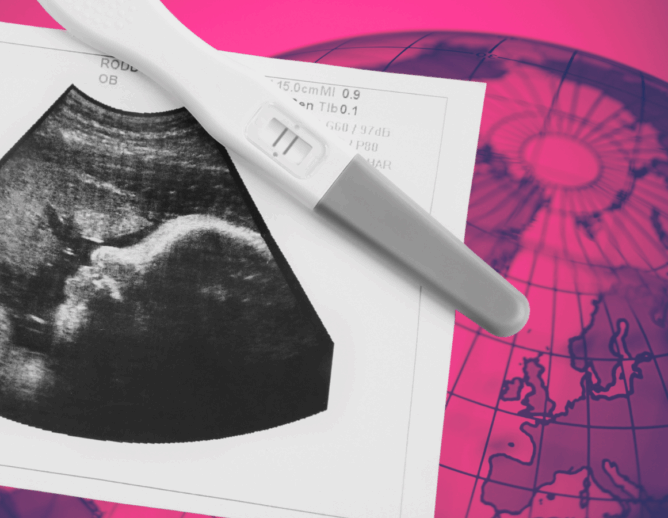Oh, Canada… The land of maple syrup, universal health care and… triplets?
Funding cuts to fertility services in Canada have led to higher incidences of multiple births in recent years, threatening the health of mothers and babies and placing financial strain on the Canadian healthcare system.
As in any universal health care system, resources are finite and decisions about the services that will be covered by the public system are complex. In recent years, amid concerns about health care costs in Canada, decisions about reproductive health services have come to the forefront of the discussion. Despite the importance of reproductive health, In Vitro Fertility (IVF) treatment programs have been on the chopping block by provincial governments.
The Canadian healthcare system is governed at the federal level by the Canada Health Act, federal legislation that requires provinces to provide health care coverage for “medically necessary services”. It falls to the provinces, however, to determine the services that they feel are medically necessary and are therefore willing to cover under their provincial plans. This broad provincial discretion has led to a patchwork of policies across the country, as not all provinces consider fertility treatments to be medically necessary.
Rates of multiple births had been steadily declining in Quebec as their fully funded IVF program encouraged single embryo transfers and a reduced reliance on intrauterine insemination (IUI) as a cheaper treatment option. In 2015, however, Quebec did away with their fully funded IVF program, replacing it with a system that covered one cycle of IVF on an income-dependent sliding scale. This change did not cut funding for IUI, however, meaning that increasingly large numbers of patients who would have been good candidates for IVF are choosing IUI. In 2016, approximately ten percent of pregnancies resulting from IUI produced multiples.
These numbers have created alarm among professionals, as higher incidences of multiples put mothers at increased risk of complications and increase the chances of premature births, as multiples are much more likely be born prematurely. Premature births can often mean more days in the hospital for mother and baby(s), increased likelihood of cesarean delivery, higher likelihood of ICU or neonatal care, and significantly higher lifelong healthcare costs.
In a universal care model where these neonatal costs and lifelong care costs are borne by the system, reports estimated the costs of multiples can exceed the up-front costs of safely performed and publicly funded IVF treatments. A government study from 2009 suggested that Ontario would save upwards of $400 million over the next ten years by reducing multiple births. In response to these reports, in 2015 Ontario responded to these statistics by introducing a broad funding package to increase IVF coverage within the province, and to reduce the multiple birth rate to safer levels.
While no system is perfect, and concerns about equality of access, budgets, and healthcare expenditure persist, it seems clear that broad funding cuts to IVF programs in Canada are a phenomenon the system can’t afford to sustain.



